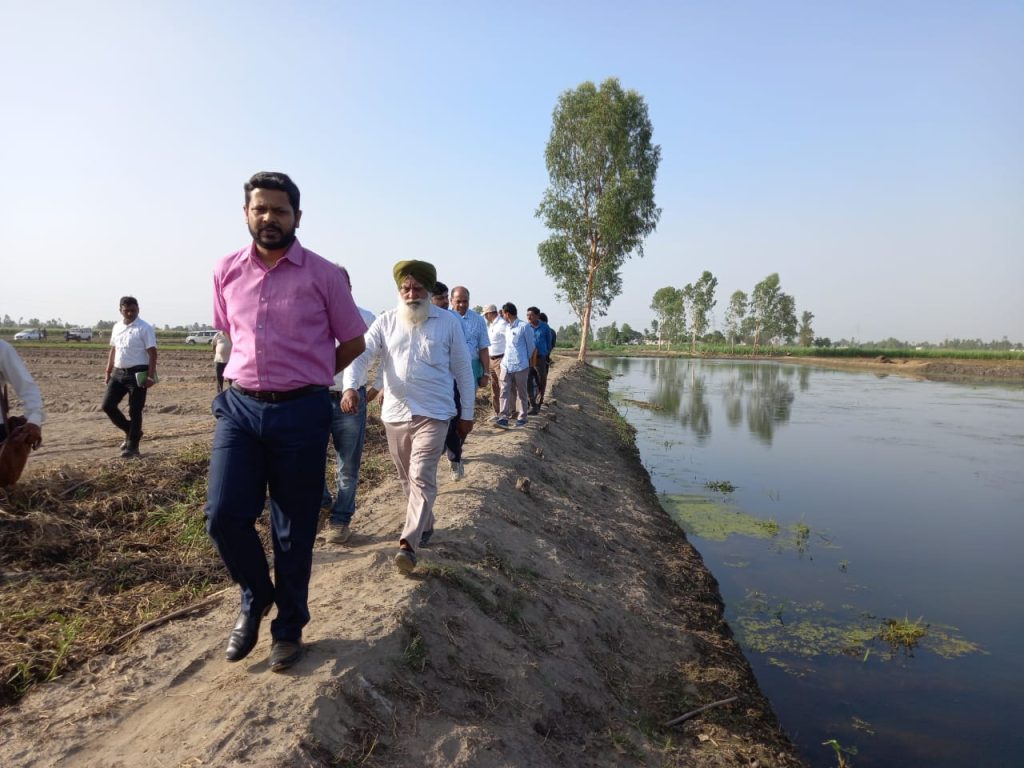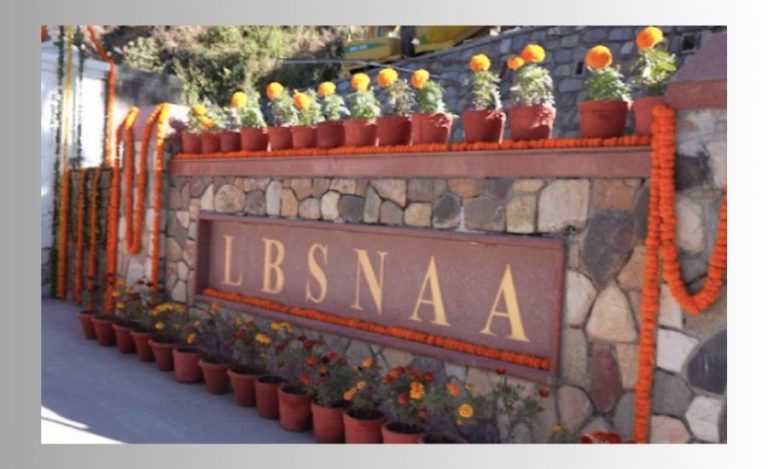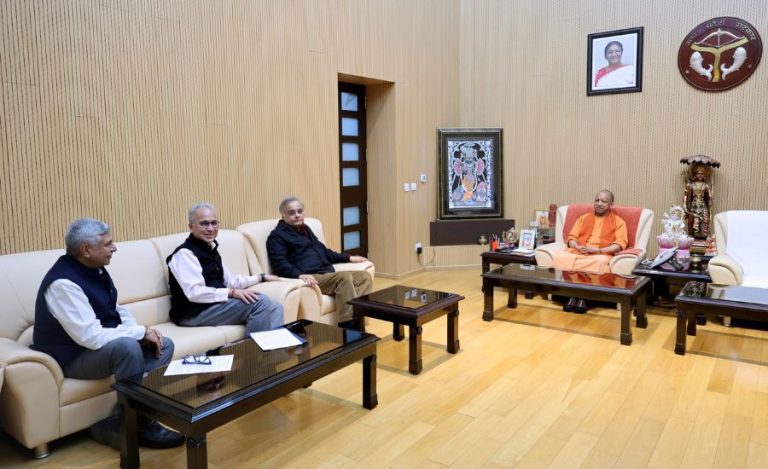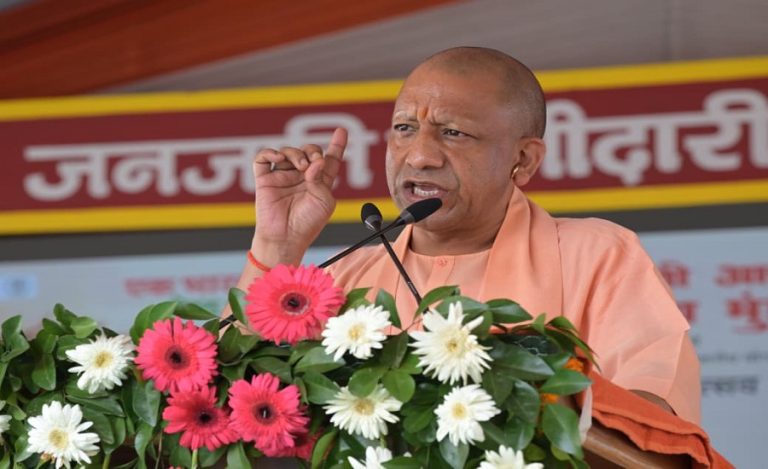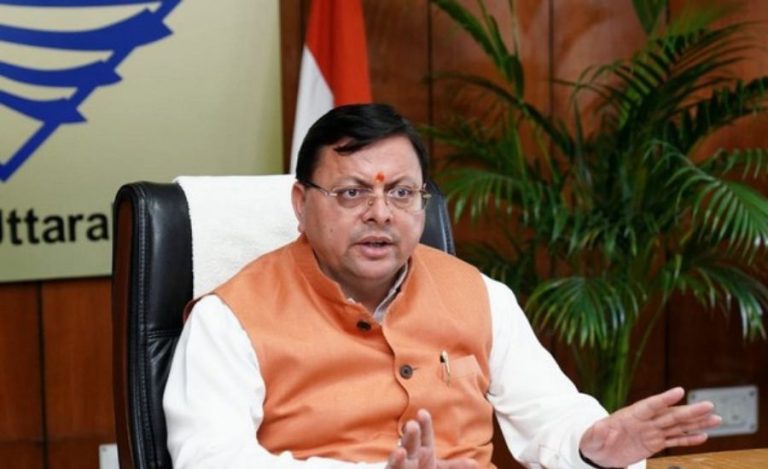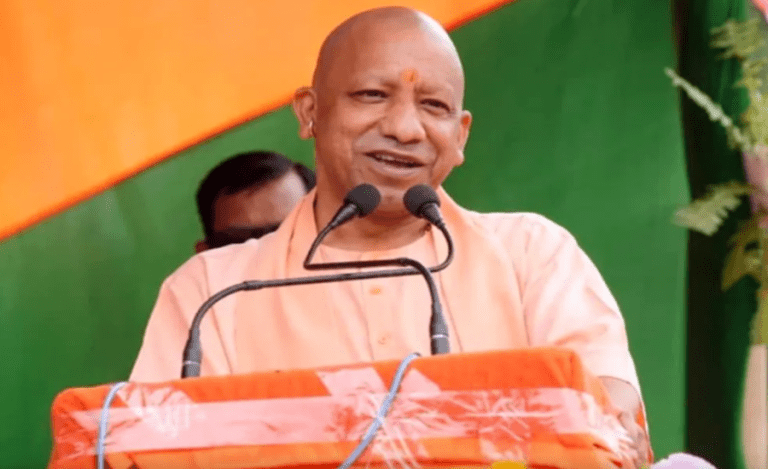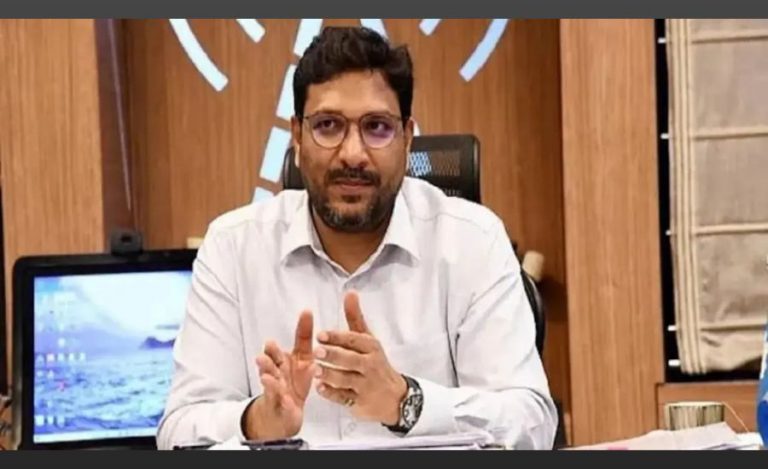Gomti, one of the holy rivers of India and lifeline of Uttar Pradesh, originates from Gomat Taal, Fulhaar Jheel in Madho Tanda, Pilibhit. It travels around 47 kms in the district and then moves to other parts of UP, including Jaunpur, Lakhimpur Kheri, Sitapur and the capital city Lucknow.
The monsoon and groundwater fed river has religious significance and finds mention in several ancient mythological books.
However, in the recent past, this river was losing its continuous flow and was just limited to some patches in its originating district, Pilibhit. Hence, the District Collector of Pilibhit, Mr. Pulkit Khare, is on a mission to revive this sacred river to bring it back to its original shape and flow. His efforts are already showing and around 30 kms of the stretch is rejuvenated already.
During a conservation with Indian Masterminds, Mr. Khare spoke about the strategy to revive the river and plans to use it for boosting tourism.
WEEDS AND ENCROACHMENT
Gomti travels across 16 Gram Panchayats in Pilibhit and then enters Shahjahanpur. The river doesn’t have a continuous stream and is seen in patches. It is difficult to even distinguish between the field and the river. The major reason behind it is weeds and encroachment by some farmers.
“I was made familiar with the problems. With little research, we came to know that the ground water level along the stretches is good. It can help to keep the river flowing only if the correct strategy is placed,” Mr. Khare said.
He called a meeting with the Pradhans of all Gram Panchayats. In the meeting, the map of the river was discussed, and, also, suggestions came up that this is the best season to start the revival work as the monsoon will help and with no crops in the fields, it will be easy to go ahead with the work. It was also decided to use MANREGA to implement the work.
PADYATRA ALONG GOMTI
Any strategy will fail without people’s cooperation. To take the people living in the nearby areas into confidence, Mr. Khare came up with the idea of ‘padyatra’ along the course of river. In the yatra, he is accompanied by the Pradhans, ex-Pradhan, all villages level functionaries, and some villagers. While the DM continues the yatra for around 3-4 kms a day, the work of reviving the river is being done simultaneously.
Mr. Khare said, “The ground water level is like a blessing to us. Just after clearing the weeds and a little digging, the face of the river is completely changed. The project was started around 11 May and in just 16-17 days, 30 kms has been revived.”
The ‘padyatra’ is also helping to solve other problems of the panchayat like school infrastructure, animal husbandry, etc., as the officer is connecting with people and getting to know their problems directly.
LAND CLAIM
Talking about the major challenges faced so far in rejuvenating the river, Mr. Khare said, “We are also demarcating the river as given in the map. During this process, around 4-5 cases came when some persons claimed that a certain area is their field and not the river. They are traditionally doing farming on that land. This is an issue which can’t be solved on paper. Till now, I have tried my best to convince them they should support this initiative. I make them understand by using the religious value of the river and explaining how it is helping them grow more because they have land adjacent to it.”
SUSTAINABLE REVIVAL
In the past also, the project of reviving Gomti was taken up but couldn’t last long. This time Mr. Khare wants to make sure that the continuous flow is sustained. He has touched based with hydrologists and is using their advice to make the process sustainable.
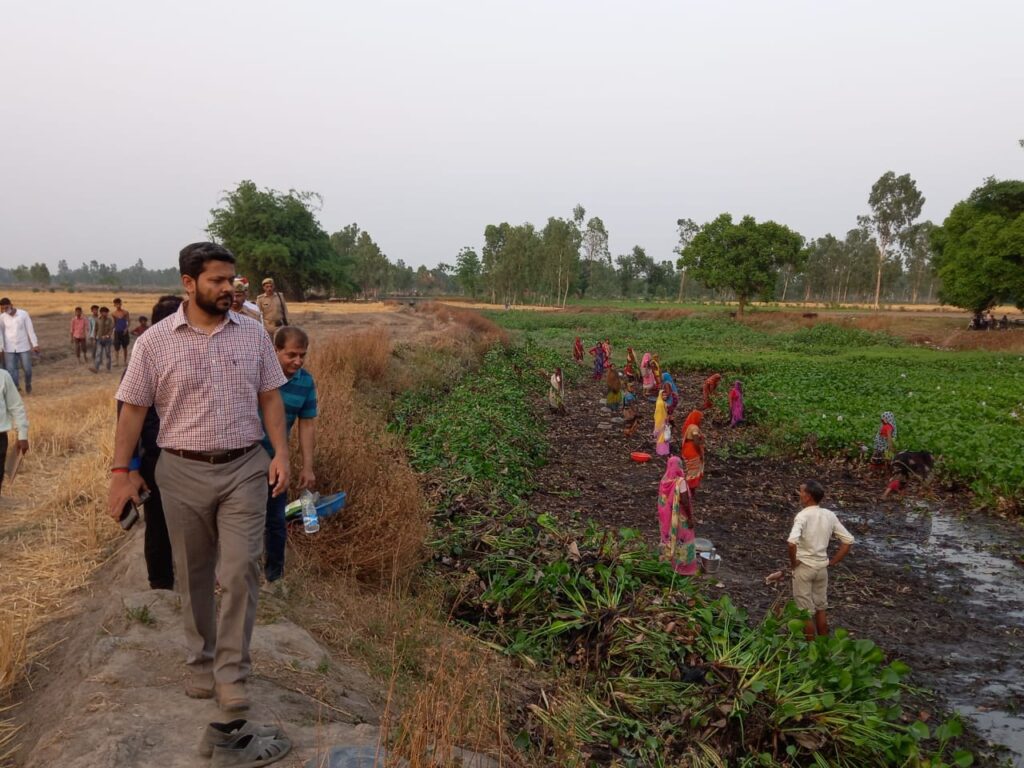
“Weeds have a tendency to grow back. Even if we remove all of them, in one year, the river will be back to its previous shape. I have been suggested that a fish named Grass Carb is useful to delay the growth of weeds. So, we are going to put that in the river once the digging is competed,” he said.
Agriculture run-off also forms grasses in the river. The district administration is trying to convince the farmers who are working on fields adjacent to the river to shift to organic. They are also being educated to form trenches so that the run-off is limited.
TOURISM POTENTIAL
Mr. Khare and his team have also identified few spots on the banks of the river which can be developed into tourist attractions. The river flows behind a Sikh shrine called Gomti Gurudwara. The administration is in talks with the Gurudwara management to develop the bank of the river, construct ghats, and make it attractive. Similarly, other spots will also be identified and developed in due course.

